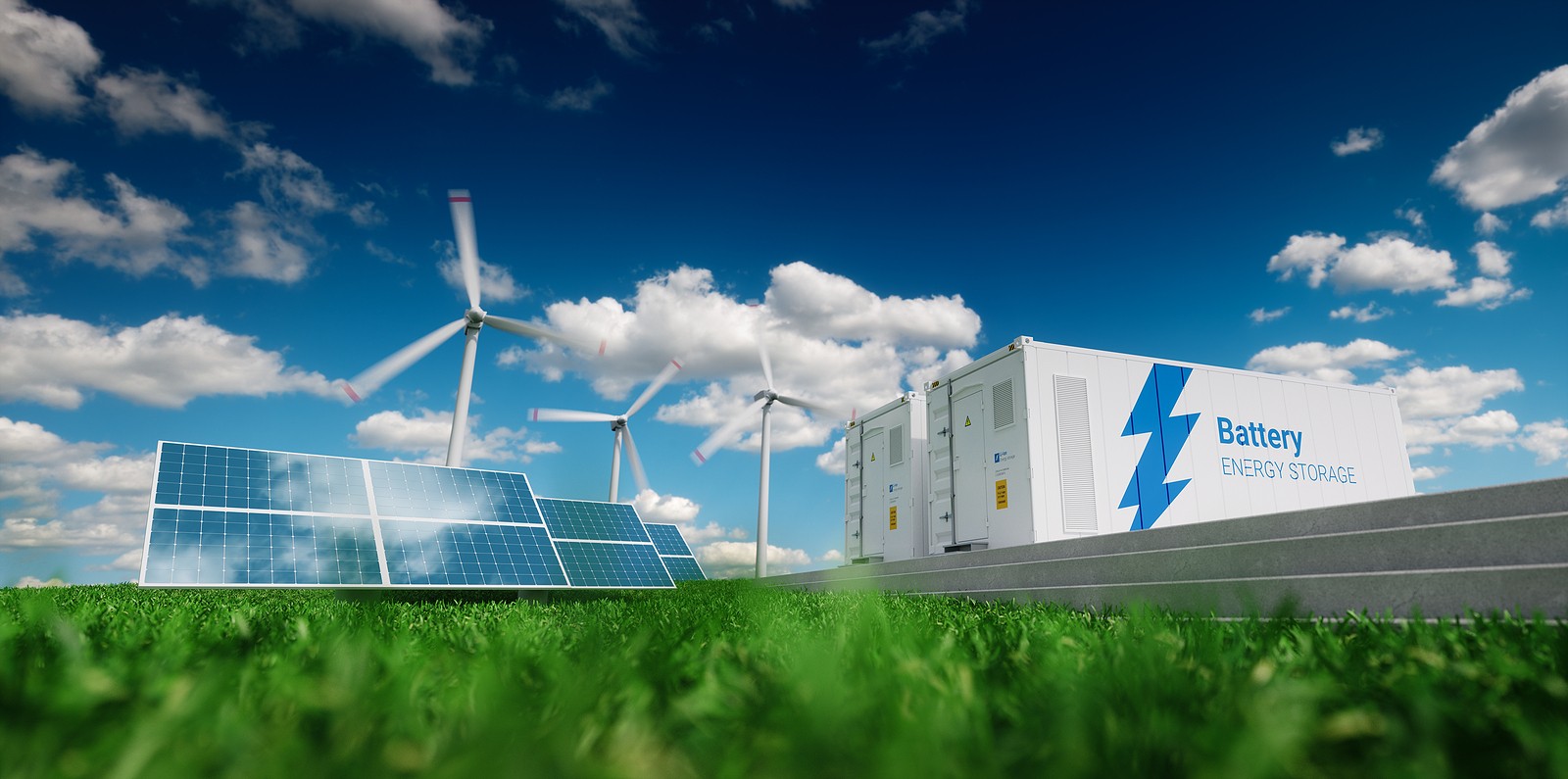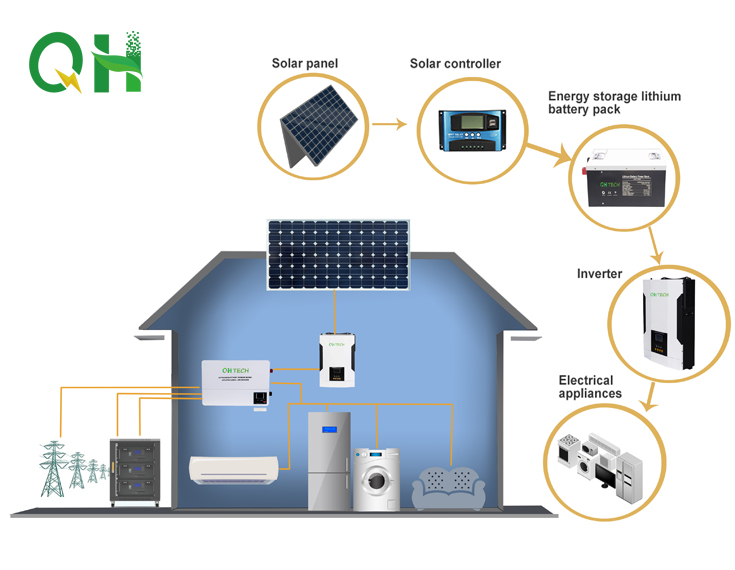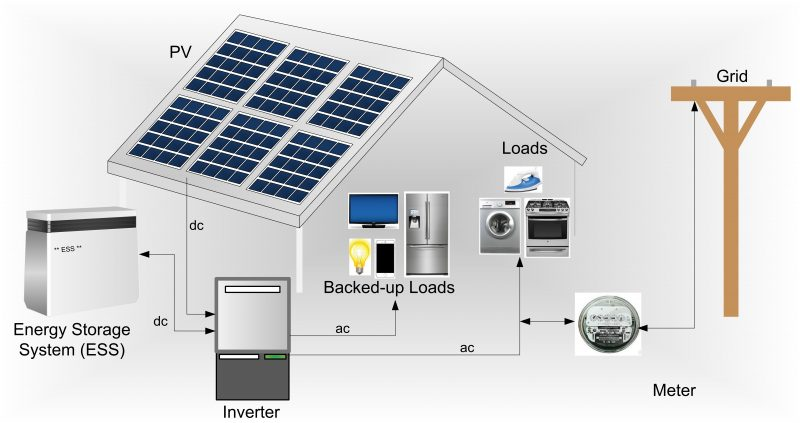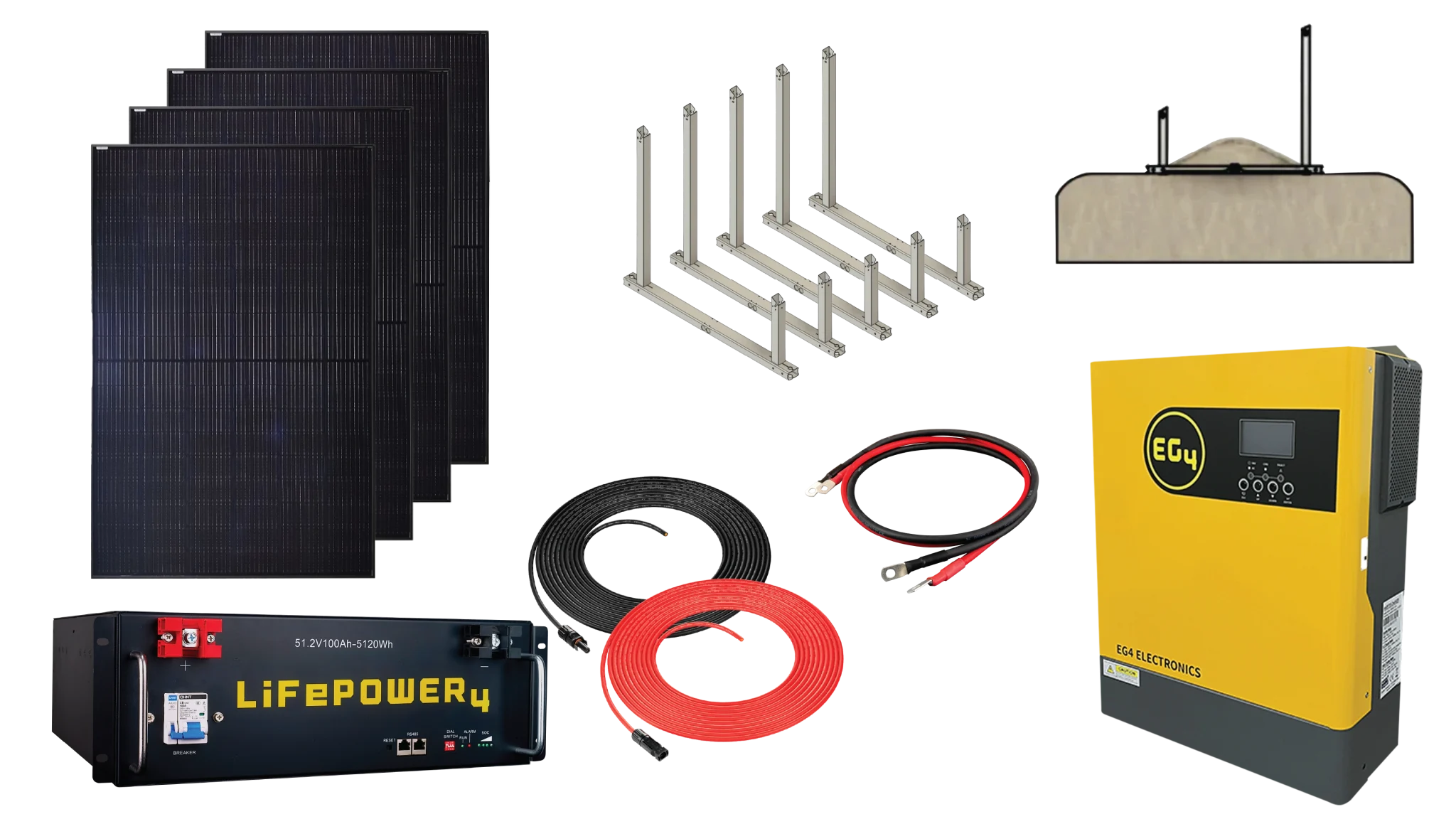In today’s rapidly evolving energy landscape, finding reliable and affordable sustainable power solutions has become crucial. With rising electricity costs, growing environmental concerns, and an increasing number of blackouts, more homeowners and businesses are looking toward renewable energy. But with so many options available in 2025, which ones offer the best balance of cost, efficiency, and reliability?
Discover the best sustainable power solutions for 2025 to save money, achieve energy independence, and support a cleaner, greener future.
The global transition toward clean energy and renewable energy is reshaping how individuals power their lives. Homeowners are now empowered to generate, store, and manage their own green energy, reducing dependence on unreliable grids. With technological advancements in battery backup systems, new energy innovations, and smarter power saving solutions, achieving true energy independence is now within reach for more people, especially in regions like Africa.
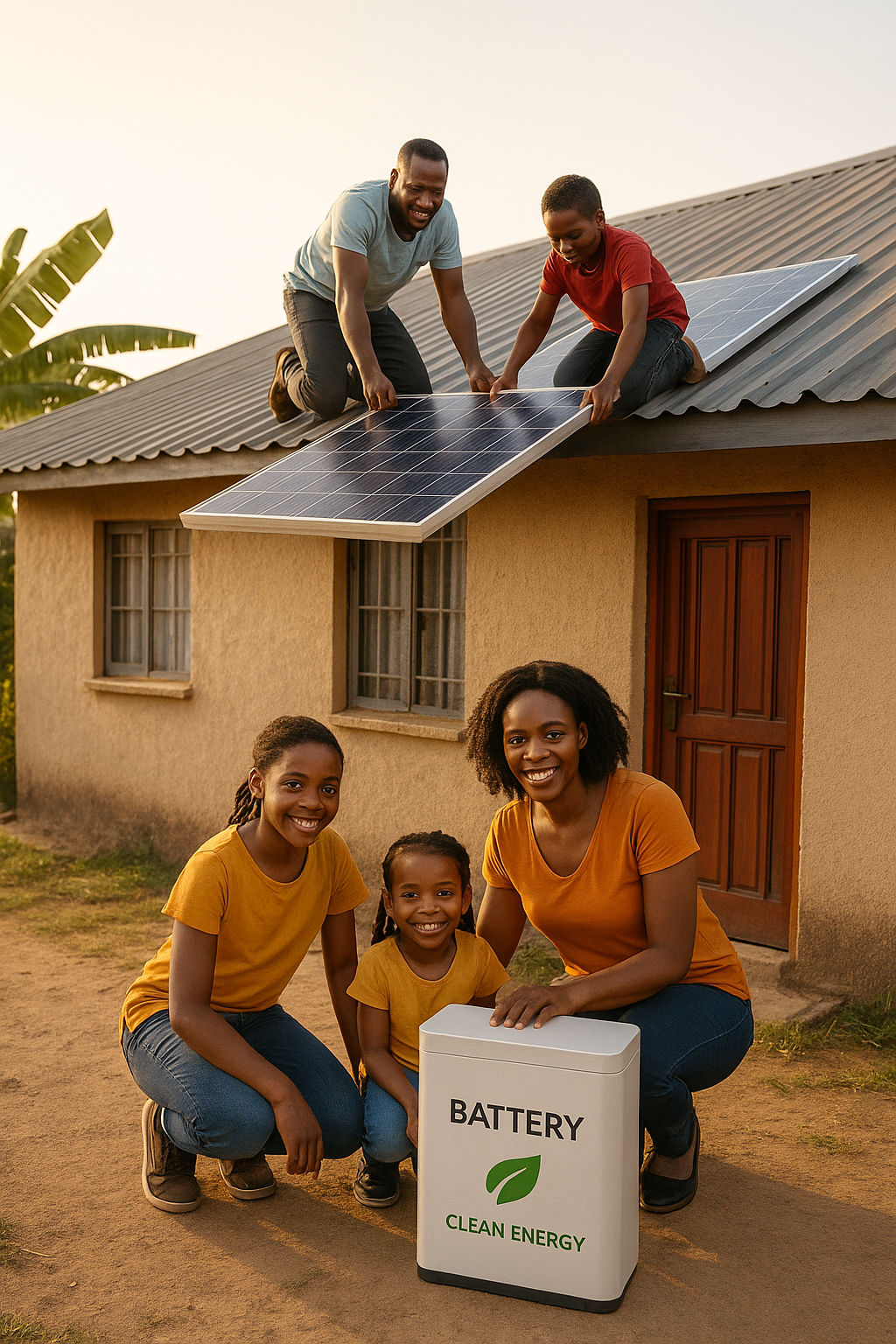
If you want to unlock long-term savings and contribute to a greener planet, read on to discover the top solutions that could transform your energy future.
Why Sustainable Power Solutions Are Essential in 2025
In 2025, the urgency to adopt sustainable power solutions stems from several critical global challenges. Climate change has intensified, leading to more frequent extreme weather events that threaten power grids. Meanwhile, fossil fuel supplies are becoming scarcer and more expensive, making traditional electric power increasingly unaffordable for the average consumer.
Moreover, energy demand is booming, particularly in developing regions where rapid urbanization is straining existing infrastructure. Renewable energy offers a sustainable answer—providing reliable, green energy without the environmental damage associated with coal or oil.
Investing in clean energy today is not just an environmental choice; it’s an economic one. Homeowners who install solar panels with battery backup systems can significantly reduce monthly utility bills while ensuring uninterrupted power during grid outages. Businesses that switch to green power also benefit from lower operating costs and enhanced brand reputation.
The bottom line? Embracing sustainable power is essential for financial stability, environmental protection, and energy security in 2025 and beyond.
Top 5 Cost-Effective Sustainable Energy Options for Homes and Businesses
1. Solar Photovoltaic (PV) Systems
Solar energy remains the most popular and accessible form of renewable energy. Modern solar panels boast higher efficiencies, lower costs, and improved durability. In sunny regions, such as much of Africa, solar PV systems can meet nearly 100% of a household’s electric power needs when paired with a reliable battery pack.
2. Home Battery Backup Systems
Pairing solar panels with advanced battery backup systems is crucial for maximizing energy independence. Technologies like lithium-ion and LiFePO₄ batteries provide safe, long-lasting energy storage. This allows homeowners to store excess solar energy for use at night or during blackouts, maximizing power saving and minimizing reliance on the grid.
3. Wind Turbines for Residential Use
Small-scale wind turbines can supplement solar systems, particularly in windy coastal or high-altitude regions. Hybrid solar-wind systems ensure a more stable clean energy supply, improving both energy resilience and overall savings.
4. Off-Grid Power Solutions
In remote areas where connection to national grids is impractical, off-grid power systems powered by solar, wind, and battery pack backup energy enable complete energy independence. These systems offer security and freedom, particularly important for rural African communities.

5. Biogas and Alternative Renewable Systems
Biogas systems convert organic waste into usable green energy for cooking, heating, and even electricity generation. Especially in agricultural regions, this low-cost, eco-friendly solution provides a sustainable energy source while addressing waste management challenges.
Choosing the right mix of these technologies can dramatically reduce your reliance on conventional electric power and protect you from future price hikes.
How Much Can You Save by Switching to Sustainable Power?
Switching to sustainable power is a smart investment with impressive returns. Households that install solar panels and battery backup systems often see a 50%–70% reduction in energy bills within the first year. Over a 20-year system lifespan, that could amount to savings of $20,000–$40,000, depending on local electricity rates.
Government incentives, tax rebates, and grants further lower the initial installation costs. Many African countries are launching national programs to subsidize renewable energy adoption, making it even more affordable for middle- and low-income families.
Additionally, energy saving features like smart thermostats, LED lighting, and energy-efficient appliances can amplify your savings. Combining these technologies with sustainable power systems means households can achieve almost complete power saving, paying minimal utility bills while enjoying uninterrupted green energy.
Moreover, by reducing reliance on grid electric power, you’re protected from price volatility and infrastructure failures—adding peace of mind to your financial savings.
Key Technologies Driving Sustainable Energy Innovation
The energy sector in 2025 is undergoing a technology revolution. Several exciting innovations are making sustainable power more efficient and accessible:
- Next-Generation Batteries: Solid-state batteries and lithium-sulfur batteries are replacing traditional lithium-ion, offering higher capacity, faster charging, and improved safety. These new battery packs can store clean energy for days.
- Bifacial Solar Panels: Unlike traditional panels, bifacial panels collect sunlight from both sides, increasing energy production by up to 30%.
- AI-Powered Energy Management: Artificial intelligence optimizes energy saving by predicting usage patterns, adjusting storage and load balancing automatically.
- Hydrogen Energy: Green hydrogen, produced using solar or wind, is emerging as a major player in future renewable energy ecosystems. It can store large amounts of power, fuel homes, and even vehicles.
- Smart Grids and Microgrids: Communities are building microgrids combining local solar, wind, and battery backup systems, allowing entire neighborhoods to achieve collective energy independence.

These technologies are revolutionizing how homes and businesses generate, store, and consume new energy, making sustainable living more practical than ever.
Tips for Achieving Maximum Energy Independence at Home
Maximizing energy independence requires more than just installing solar panels. Here are expert tips to ensure long-term success:
- Pair Solar with Battery Storage: Without a battery backup, solar energy alone can’t deliver true independence. Invest in a durable battery pack that meets your daily consumption needs.
- Monitor and Optimize Consumption: Install smart meters and monitoring apps to track usage patterns, helping you identify opportunities for additional power saving.
- Maintain Your Systems: Regular maintenance ensures peak efficiency. Clean your solar panels, check your battery backup, and update your software regularly.
- Start Small, Expand Later: If budget is a concern, begin with a small clean energy system and expand it as your savings grow.
- Stay Updated on Incentives: Keep an eye out for new government subsidies or local initiatives promoting renewable energy adoption.
Building a resilient, green power ecosystem at home not only slashes energy bills but also safeguards your family’s comfort and safety during uncertain times.
Conclusion
Sustainable power is the future of affordable, secure living. Contact us today to discover your best energy solutions for 2025!


